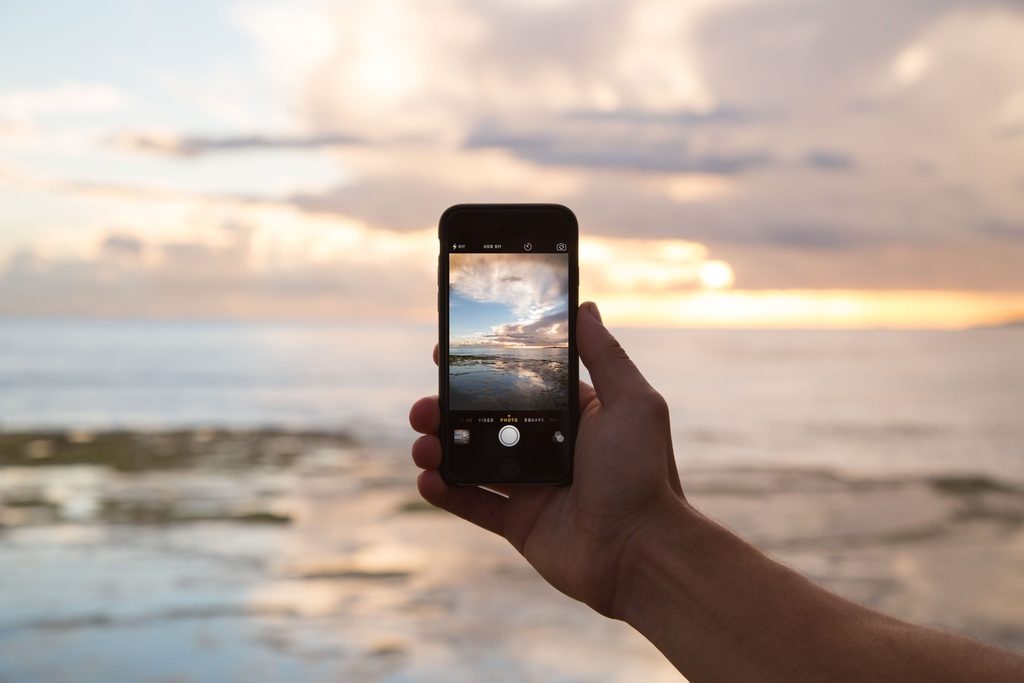Do you want to learn how to use your smartphone as your camera—and do it successfully? We’ll walk you through the steps: how to take a great shot on your phone, what editing apps to use, how to share and print your images and keep them safe. Unless you’re one of those admirable people who carries their favorite camera with them at all times, chances are that you often watch great photographic opportunities pass by you. In today’s digital world, most of us keep our phones with us all the time, which means most of us have a camera with us all the time too. This also allows us to take pictures any time we want—even if its just a snapshot of the local AC repair man fixing your home’s unit. And because of the advances in smartphone design, that camera does a pretty decent job. Awesome photos are now within your reach, and you can easily practice your craft—and add to your visual record every single day.
Using Your SmartPhone Camera
First of all, whichever smartphone you decide to use for the photoshoot, make sure that your device has autofocus and the maximum amount of megapixels possible. If you’re looking to share or print your images at larger sizes, as a very general rule more megapixels on a phone is better. Once you have identified the phone you plan to use for the photoshoot, you’re ready to learn about how to take great images from start to finish by utilizing your smartphone’s advanced camera capabilities.
If you’re in the market for a new smartphone, consider your options before you buy. Think about things like image quality: What do the photos coming out of the camera look like? Check for things like sharpness, contrast, saturation and color (white balance and tint). Online reviews with photo examples are a great help here! Also consider things like screen size, resolution, and the quality of the contrast. These’ll all make a difference in how easy it is to use your camera, especially in tricky lighting conditions, like low light and direct sun. They’ll also influence how similar the image on your phone looks to that same image when it’s posted online or printed out.
Finally, think about battery life and storage space. If you plan to take a lot of photos (and/or use a lot of apps) you may want to opt for a phone with lots of storage space. Our current phones have 32 GB of space, and we wouldn’t want any less. Your battery life will also depend on a lot of things (like how much you use your phone and what apps you run in the background), but it’s worth getting an idea of what the maximum battery life is.
In the end, you can also buy add ons that will make your current smartphone easier to use and better for photos. For example, you can use external lenses with your smartphone, and having them on hand is a good idea to make it through tough lighting and focusing situations. If you want to zoom in closer to your product and create a macro product image, for example, you’re going to need a macro or telephoto lens, since your smartphone will only be able to focus from a certain distance away from your product.
To learn more, check out CNET’s Guide to the Best Camera Phones of 2017.




